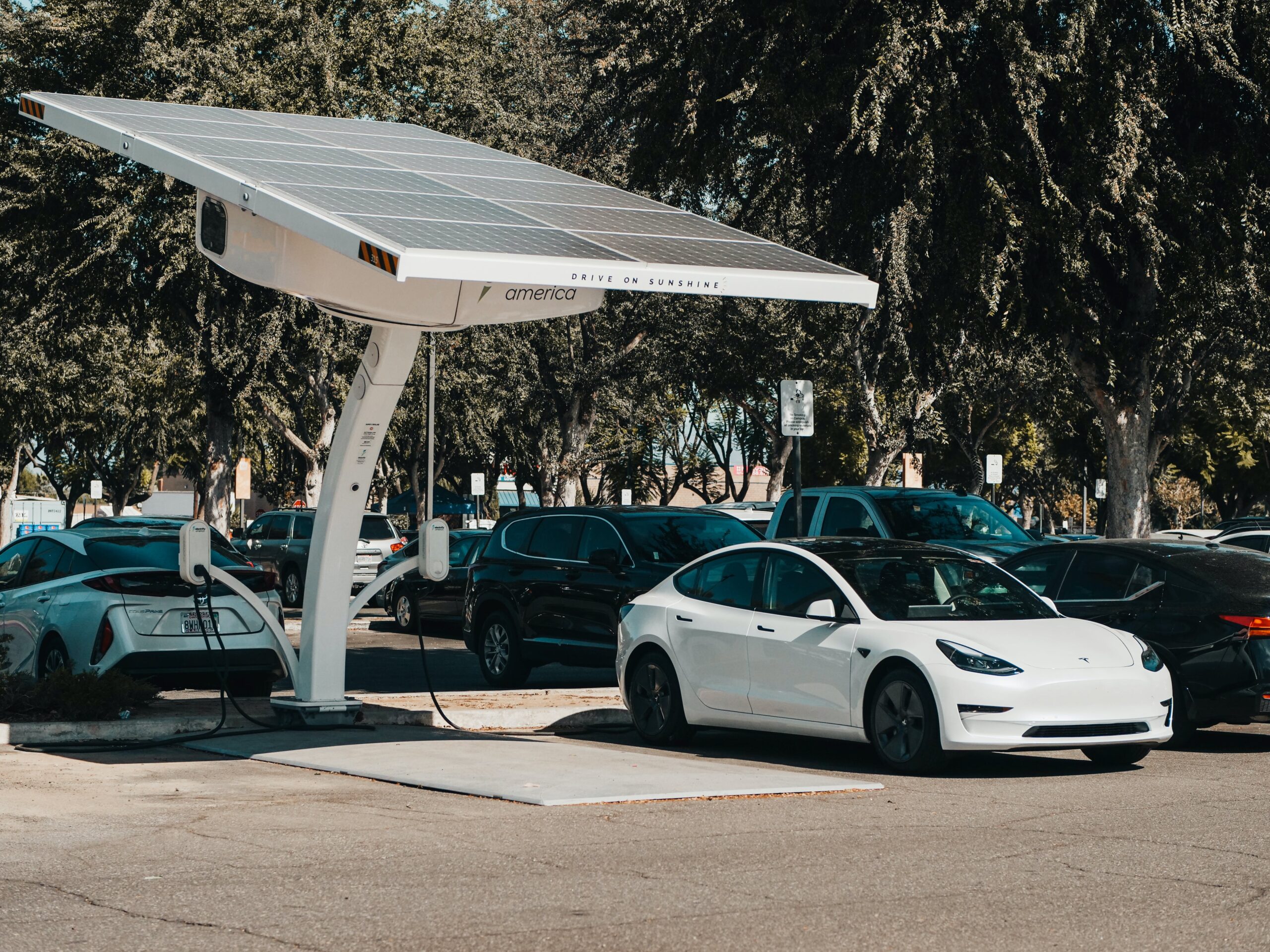Introduction
In the ever-evolving landscape of automotive technology, Electric Vehicles (EVs) have emerged as the pioneers of sustainable and eco-friendly transportation. As we delve into the intricacies of how EVs operate, we’ll address some common questions, including “how many gears do electric cars have?” and “why don’t electric cars have gears?”
The Powertrain Revolution
Understanding the Basics
When it comes to the powertrain of Electric Vehicles, forget everything you know about traditional internal combustion engines. Unlike their fossil fuel counterparts, electric cars do not rely on a complex system of gears to transmit power from the engine to the wheels. Instead, they employ a much simpler and highly efficient approach.
The Role of the Electric Motor
At the heart of an electric car lies the electric motor. This compact yet powerful component is responsible for converting electrical energy from the battery into mechanical energy to propel the vehicle. Unlike conventional engines with multiple gears for varying speeds, electric motors deliver a seamless and direct flow of power to the wheels.
How Many Gears Do Electric Cars Have?
Zeroing In on Simplicity
One of the distinctive features of Electric Vehicles is their minimalist approach to transmission. In fact, the majority of electric cars boast a single-speed transmission. This means there’s no need for a gearbox with multiple gears that you would find in a traditional car.
Efficiency Redefined
The absence of multiple gears doesn’t hinder performance; rather, it enhances it. Single-speed transmissions in electric cars eliminate the need for gear-shifting, resulting in a smoother and more efficient drive. This simplicity not only reduces the overall weight of the vehicle but also minimizes energy losses, contributing to the impressive range that electric cars can achieve on a single charge.
Why Don’t Electric Cars Have Gears?
Embracing Simplicity for Efficiency
The decision to forgo multiple gears in electric cars is rooted in the pursuit of efficiency. Unlike internal combustion engines, electric motors generate maximum torque across a broad range of speeds. This characteristic renders the need for multiple gears obsolete.
Streamlined Driving Experience
Electric cars, with their single-speed transmissions, offer a driving experience that’s not only efficient but also remarkably straightforward. The absence of gear-shifting complexities translates to a seamless acceleration, providing drivers with a smoother journey on the road.
Advantages of Single-Speed Transmissions in Electric Vehicles
As we navigate the landscape of Electric Vehicles (EVs), it’s crucial to explore the advantages that arise from their single-speed transmissions. The absence of multiple gears in electric cars not only simplifies the driving experience but also contributes to a host of benefits that propel these vehicles into a league of their own.
Enhanced Energy Efficiency
Electric cars with single-speed transmissions exhibit a remarkable level of energy efficiency. The streamlined process of converting electrical energy from the battery to mechanical energy ensures minimal energy losses. Unlike traditional cars that experience efficiency drops during gear shifts, electric vehicles maintain a consistent and optimal energy conversion throughout their operation.
Reduced Maintenance Requirements
The simplicity of single-speed transmissions translates to fewer components susceptible to wear and tear. Electric cars, with their minimalistic approach to gearing, often require less maintenance compared to their traditional counterparts. Fewer moving parts mean fewer opportunities for malfunctions, contributing to a more reliable and cost-effective ownership experience.
Seamless Acceleration
The direct power delivery inherent in single-speed transmissions results in a uniquely smooth acceleration profile. Electric cars can seamlessly transition from a standstill to cruising speed without the interruptions associated with gear changes. This not only enhances the overall driving experience but also places electric vehicles at the forefront of modern automotive design.
Optimal Torque Delivery
Electric motors are known for their ability to deliver maximum torque across a broad range of speeds. With a single-speed transmission, electric cars can leverage this characteristic to its fullest extent. The absence of gear shifts ensures that the vehicle maintains optimal torque delivery, allowing for responsive and efficient performance in various driving conditions.
The Evolution of Electric Powertrains
As we witness the evolution of automotive technology, the transition from multi-gear transmissions to single-speed powertrains in electric vehicles signifies a paradigm shift. This shift goes beyond mere simplicity; it embodies a commitment to sustainability, efficiency, and a future where transportation aligns seamlessly with environmental consciousness.
Environmental Impact
The efficiency gains associated with single-speed transmissions in electric cars contribute directly to their reduced environmental footprint. By maximizing energy conversion and minimizing resource-intensive maintenance, electric vehicles pave the way for a greener and more sustainable mode of transportation.
Technological Advancements
The adoption of single-speed transmissions in electric cars is not just a matter of simplicity; it’s a testament to the ongoing technological advancements in the automotive industry. As electric powertrains continue to evolve, we can anticipate further refinements that enhance both performance and environmental compatibility.
Final Thoughts
In the dynamic landscape of automotive engineering, Electric Vehicles stand as a testament to innovation. The decision to embrace single-speed transmissions goes beyond eliminating gears; it’s a strategic move toward efficiency, sustainability, and a future where driving is not just a means of transportation but a conscious choice for a better planet.
